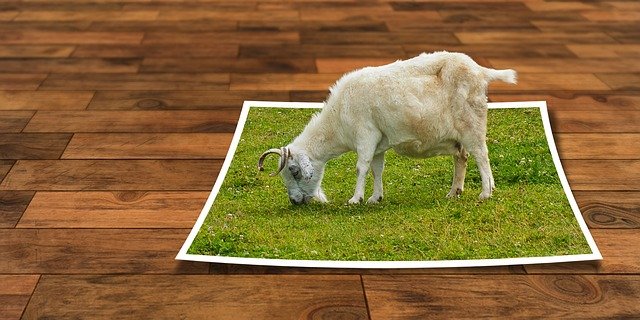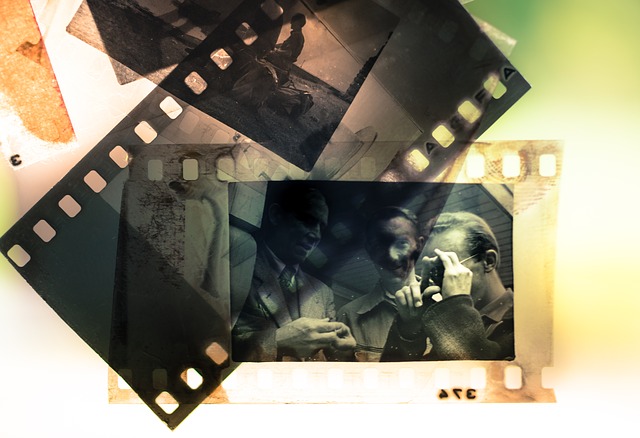Getting Better Pictures
Photography is complicated, but it’s simple. On the one hand, you have to use varying chemicals in a dark room to properly develop pictures. On the other, you just point, click, and download to a computer.
If you’re going to be a real photographer, you should learn how analog photography works in a darkroom with red-spectrum light. Not everybody has the time, resources, or inclination to do that, though; and you can definitely take professional-level photos without classical education in old means of photography.
It’s just that understanding how light works intimately tends to enable your output. At any rate, following we’re briefly going to go over four ways you can make it a lot easier to edit photos once they’ve been uploaded to your computer.
- Be Careful With The Way You Layer Files
Photoshop is still a premiere option as regards digital photo editing. If you’ve used photoshop for any length of time, you know that one of the primary ways the program operates has to do with layers. Essentially, different layers have different sizes and allow you to apply different filters to your photos.
You need to manage layers properly, understand how to activate or deactivate them, and be organized. You can really get in trouble if you don’t manage your layers right. To avoid giving yourself headaches and produce quality output that defies the imagination, photoshop is a fine option. There’s much to specify its proper use, mastering layers is a core skill.
- Take Multiple Factors Into Account
Don’t just look at the obvious. Take into account the sort of coloration of the photo itself, and explore different filters. Here’s a link on how to edit hair in a photo, and it can be a key piece of your photo-editing tool suite. Lighting is something else you’ll want to think about, as well as reversing the image. You can “mirror” the image, and sometimes this clears up issues. - Learn To Take Better Pictures
This is not facetious, though some may perceive it that way. Much of the problems you’re going to have in terms of photo editing will be attributable to the way in which you took the photos in the first place. Whether you’re using older cameras or newer digital options, there are best practices to consider. Here are a few for digital photographers. - Properly Label Files
Here’s another simple one that you may have to think about: label files right. Don’t just leave whatever default file name your computer chooses, don’t label pictures something nonsensical you’ll forget later. Instead, choose appropriate names that are easy to search, store, and organize. Put files for one project in a folder corresponding to that project.
Keep multiple files in one “master file” that’s labeled “photography”, or something similar. Not only does this save you time and effort, but it may even expedite computational functionality. Lots of files on your desktop can mess with its memory, depending on the sort of device you’re using. The more organized everything is, the better your computer functions.
Professional-Level Photography
Take good pictures, label files properly, explore multiple features of photo-editing capability and watch how you layer the pictures you’re editing. By no means are these all the things you can do to avoid common mistakes in photography, but a lot of people who are new to digital photo editing tend to have problems in these areas.
It’s also worthwhile to learn more about traditional editing techniques involving darkrooms and the like; though this isn’t strictly necessary.
Photography is complex and straightforward at the same time. There’s always something to learn, and the more you learn, the better you’ll be able to edit pictures.


